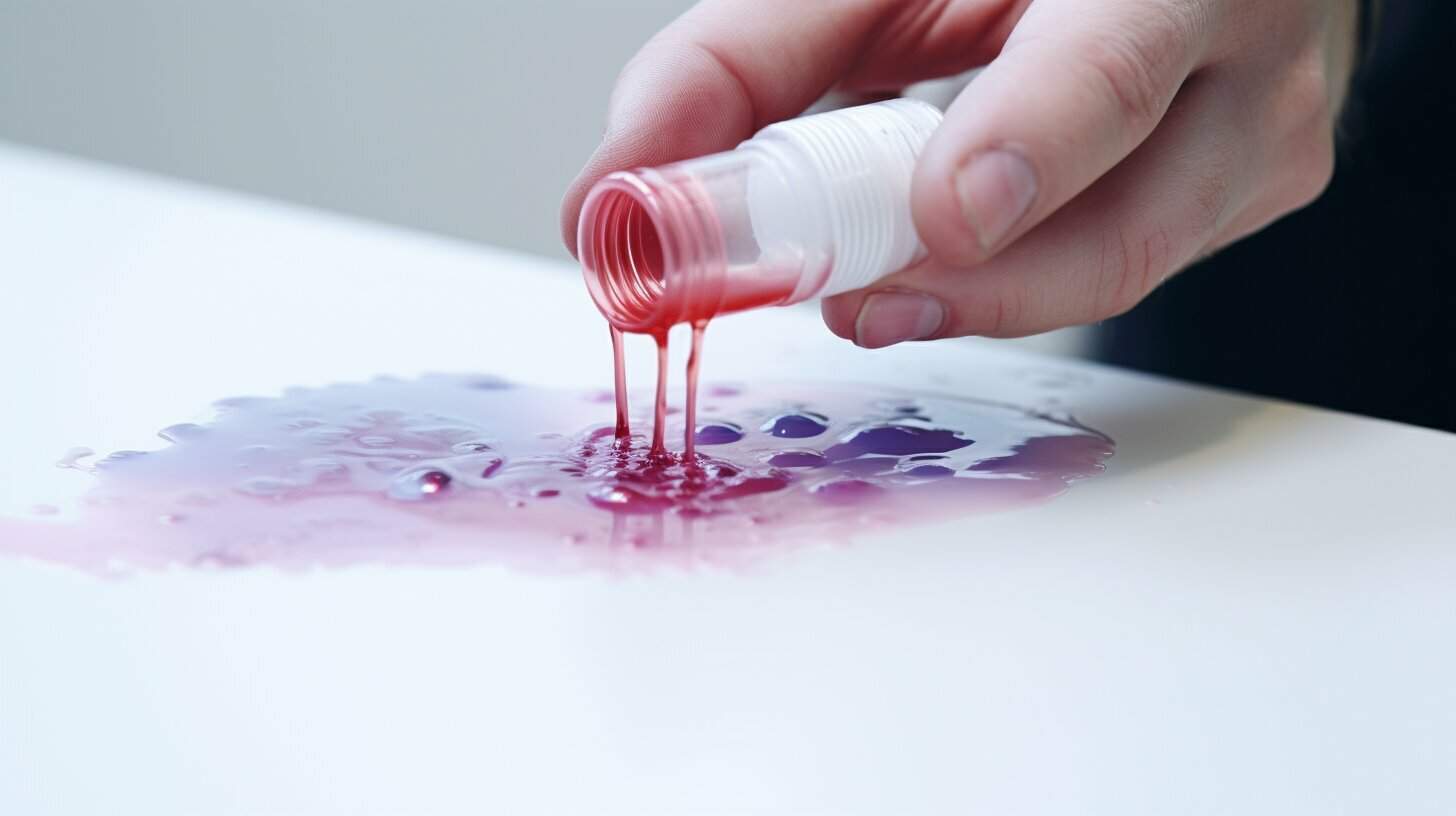If you have a beard, you might be wondering whether it’s possible to get lice in your facial hair. As a matter of fact, you actually can! Beards can indeed harbor lice. While head lice are more common, body and pubic lice can also infest beards.
Lice are tiny parasitic insects that feed on human blood. They can spread through close contact with an infested person or by sharing personal items such as combs, hats, and towels. Lice can survive up to 48 hours off of a human host, so it’s important to take precautions to prevent infestations.
Contents
What are lice?
If you’re wondering whether beards can get lice, it’s important to first understand what lice are. Lice are tiny, wingless insects that live on the skin and hair of humans and animals. There are three types of lice that can infest humans: head lice, body lice, and pubic lice (also known as “crabs”).
Head lice are the most common type of lice and are typically found on the scalp and hair. Body lice are usually found on clothing and bedding, but can also live on the skin. Pubic lice are found in the pubic area, but can also be found in other areas with coarse hair, such as the armpits or eyebrows.
Lice feed on blood and can cause itching and irritation. They are highly contagious and can be spread through close personal contact, sharing personal items such as combs or hats, or coming into contact with infested bedding or clothing.
Can Lice Infest Beards?
If you are wondering whether lice can infest your beard, the answer is yes. Lice are tiny parasites that can live on human hair, and they can also infest facial hair, including beards. Although lice infestations in beards are not as common as those in head hair, they can still occur.
Factors that Increase the Risk of Lice Infestation in Beards
Several factors can increase the risk of lice infestation in beards. These include:
- Close contact with someone who has lice
- Poor hygiene
- Sharing combs, brushes, or hats with someone who has lice
- Living in crowded or unsanitary conditions
If you have a beard, you should take extra care to avoid these risk factors to prevent lice infestations.
Symptoms of Lice Infestation in Beards
If you have lice in your beard, you may experience the following symptoms:
- Itching and irritation in the beard area
- Small red bumps or sores on the skin
- Visible lice or nits (lice eggs) in the beard
If you experience any of these symptoms, you should see a healthcare provider for treatment. It is important to treat lice infestations promptly to prevent them from spreading to others.
How to Prevent and Treat Lice Infestation in Beards
Preventive Measures for Lice Infestation in Beards
To prevent lice infestation in your beard, you should follow these preventive measures:
- Wash your beard regularly with a mild shampoo and conditioner.
- Do not share combs, brushes, or towels with others.
- Avoid close contact with people who have lice.
- Keep your beard clean and well-groomed.
- Do not sleep with wet hair or beard.
- Use a lice-repellent spray or oil on your beard.
Treatment Options for Lice Infestation in Beards
If you suspect that you have lice in your beard, you should take these steps to treat the infestation:
- Wash your beard with a lice-killing shampoo and conditioner.
- Use a fine-toothed comb to remove any dead or live lice from your beard.
- Apply a lice-killing lotion or cream to your beard.
- Wash all your bedding, clothes, and towels in hot water and dry them on high heat.
- Vacuum your home and car to remove any lice or eggs.
- Notify anyone you have been in close contact with so they can check for lice and take preventive measures.
Recommended Products
If you have discovered lice in your beard, there are a few products that can help you get rid of them. Here are some recommended options:
1. Licefreee Spray: This is an over-the-counter spray that is specifically designed to kill head lice and their eggs. It can also be used on beards and mustaches. Be sure to follow the instructions carefully and repeat the treatment as needed.
2. Tea Tree Oil: Tea tree oil is a natural remedy that has been shown to be effective against lice. Mix a few drops of tea tree oil with carrier oil, such as coconut oil, and apply it to your beard. Leave it on for at least 30 minutes before washing it off.
3. Nit-Free Terminator Comb: This is a specialized comb that is designed to remove lice and their eggs from the hair and beard. It has micro-grooved teeth that are gentle on the skin but effective at removing lice. Use the comb daily until all lice and eggs are gone.
4. Prescription Medication: If over-the-counter remedies are not effective, your doctor may prescribe a medication to kill the lice. Be sure to follow the instructions carefully and report any side effects to your doctor.
Remember, it’s important to treat lice as soon as possible to prevent them from spreading to others. Use these recommended products to get rid of lice in your beard and prevent them from coming back.
Conclusion
While it is possible for beards to get lice, it is not very common. Lice prefer to live on the scalp where they can easily attach to hair strands and feed on blood. Beards are not an ideal environment for lice because the hair strands are coarser and thicker, making it difficult for lice to attach and feed.
However, if you come into close contact with someone who has lice, there is a chance that the lice could transfer to your beard. It is important to practice good hygiene and avoid sharing personal items such as combs, hats, and towels to reduce the risk of lice infestation.
If you do suspect that you have lice in your beard, it is important to seek treatment right away. There are over-the-counter treatments available that are specifically designed to kill lice and their eggs. You should also wash your beard thoroughly with a lice-killing shampoo and comb through it with a fine-toothed comb to remove any remaining lice and nits.
Amazon and the Amazon logo are trademarks of Amazon.com, Inc, or its affiliates.





Leave a Reply